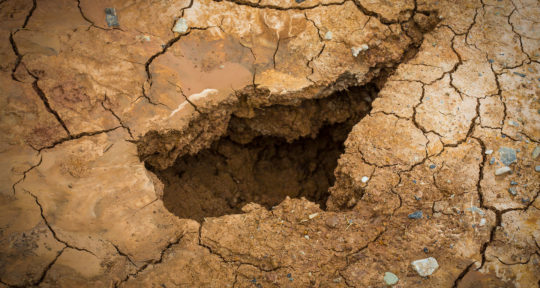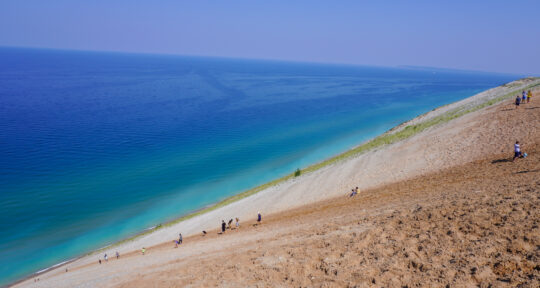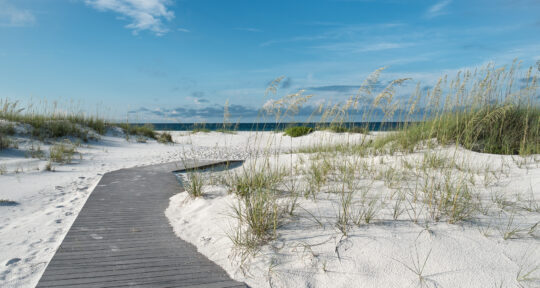Twenty years ago, I ate an apple. That might seem like an odd reason to head off on a Gulf Island road trip at the tail end of the winter-that-would-not-end, but the memory of that apple crops up at the oddest times.
I found the fruit when I wandered out of a forest and into an overgrown orchard on British Columbia’s uninhabited Portland Island. The apple trees were gray and mossy, with withered leaves and scabby misshapen fruit. But the crunchy apple tasted of a sweet, sunny memory. At the time I wandered from tree to tree, trying to figure out what type of apple I was eating, and wondering how the old orchard had been forgotten.
Recently, when munching through a flawless but near-flavourless supermarket apple—while staring at yet another accumulating snowdrift—I recalled that fruit. I suddenly longed to stand under those gnarled old trees again, feeling soft sunshine on my face. I was ready for spring, and I could think of no better way to welcome it than to head off to the islands of my childhood and revisit a mystery.
Embracing the quirky
Roadtripping isn’t exactly what comes to mind when you think of the Northwest’s Salish Sea, a series of interconnected waterways and islands that separate Vancouver Island from mainland Canada and the U.S. But thanks to a fleet of drive-aboard BC Ferries that run to many of the islands in the Sea’s Canadian archipelago, a trip through the Gulf Islands is a float-drive adventure that combines whale watching with winding country roads dotted with farms and villages.
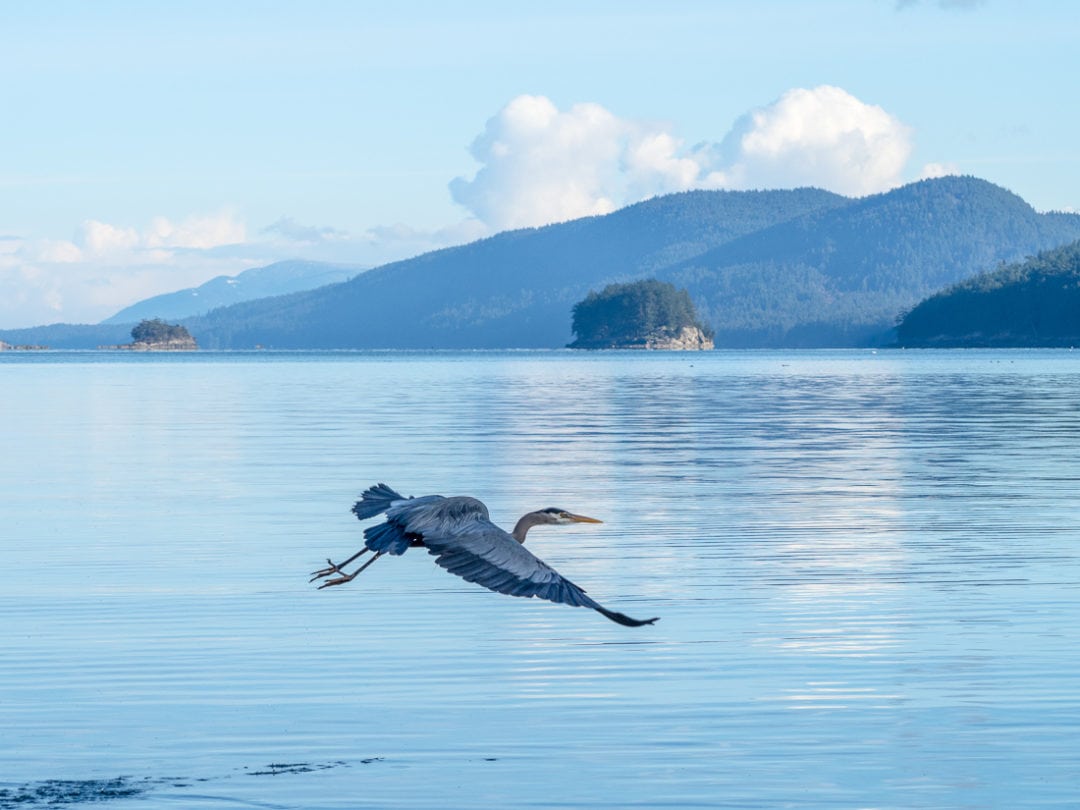
Gulf Islanders themselves are an improbable bunch of people. Some are born into life in the small island communities, but many more choose to make the green and rocky islands home. There’s a mild, Mediterranean-like climate, a vibrant art and food scene, and bucolic scenery—and island life has a way of embracing the creative and quirky the way no urban centre can.
I am reminded of this as we follow the road signs to Apple Luscious Organic Orchard on Salt Spring Island. As we arrive, owner Harry Burton holds back his dog while welcoming us through a deer-proof fence and into his untamed orchard. Wisely wearing rubber boots, he leads us through spring mud and past more than a hundred varieties of apple trees, some of which were showing the first signs of spring growth.
Burton says he was captivated by Salt Spring when he visited from Northern Ontario many years ago. He went on to purchase a five-acre wedge of an old pioneer farm and after retiring from teaching environmental studies, he planted his first apples. “I love being out here, connected with nature helping to preserve apple varieties,” Burton says. “It’s apple heaven.”
Saving the forgotten fruit
While we wander along narrow trails, past chickens and trees, Burton walks me through the history of apples in the Gulf Islands. As early as the 1850s, a diverse bunch of settlers including Hawaiians (known as Kanakas), English, Russians, Irish, and formerly enslaved African Americans arrived on the islands and grew a huge variety of apples to suit a range of needs. By the mid-1890s, the islands’ great climate meant there were more fruit trees than residents, and the Gulf Islands became the first commercial apple-producing area in British Columbia.
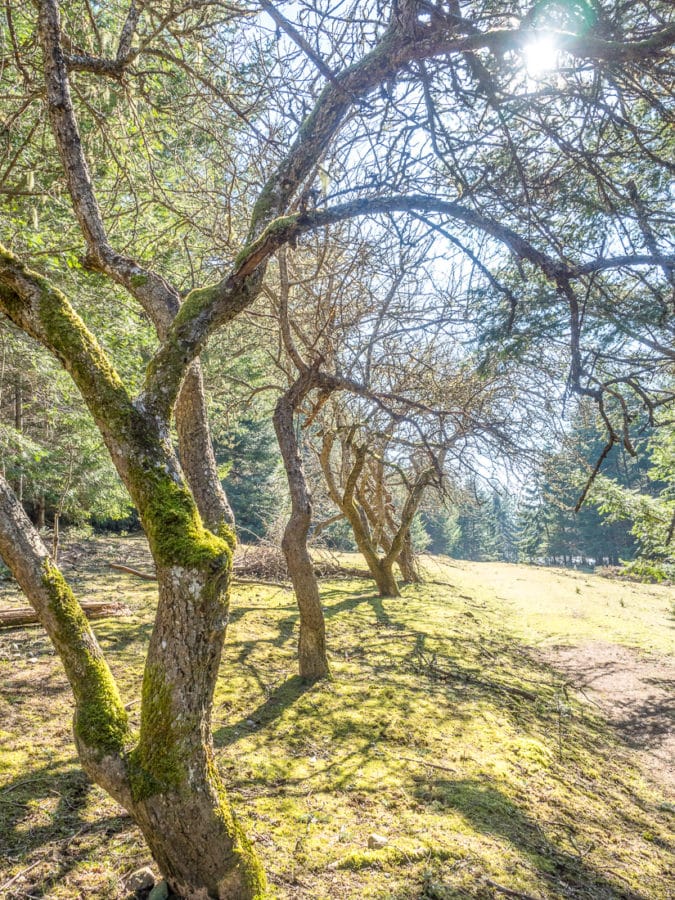
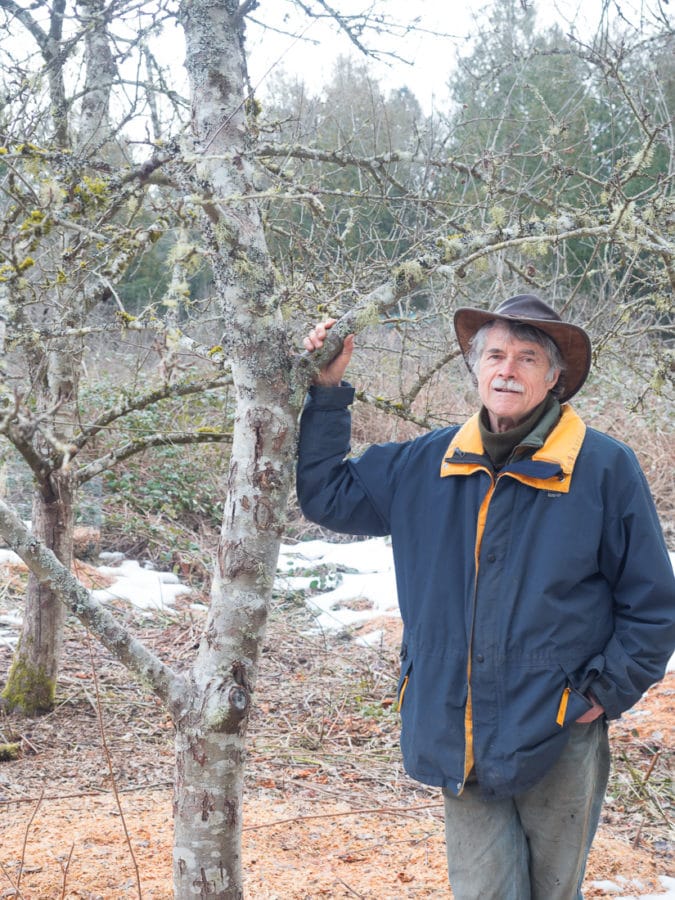
One of the more lucrative uses for apples was cider-making, which, Burton says, “helped keep families fed, right up into Prohibition.” But gradually the popularity of inexpensive, mass-grown fruit from the Okanagan Valley and Washington State, where shipping costs were lower, drove Gulf Island apples from the marketplace. In a world with thousands of apple varieties, market forces narrowed the selection to a handful. Many of the old trees were felled and the ones that remained were forgotten.
Burton was one of the farmers who took on saving the forgotten fruit. Seeking out the old orchards at harvest time, he would sample the apples. If he found something special, he’d make note. Because apples don’t grow true from a seed—meaning, if you plant an apple seed, the tree won’t be the same as the apple it came from—Burton had to learn to graft. To do this, he cuts a scion, a piece of new growth from the tree. Then he grafts the scion to rootstock to make a new tree—the same way early settlers had. “Pioneers knew how to graft, that’s how they got all the varieties they had,” he explains.
Making a comeback
Thanks to farmers like Burton, and the Salt Spring Apple Festival he started in 1999, heritage apples have become a huge deal on the Gulf Islands. Brian Webster and Peri Lavender founded Salt Spring Apple Company in part because of the festival. The two were looking for an entry into farming, and were even considering a chili pepper farm, but after learning the history, and tasting the apples, they found their crop.
“A heritage orchard just fit with the island. It connected the past to the present,” Webster says.
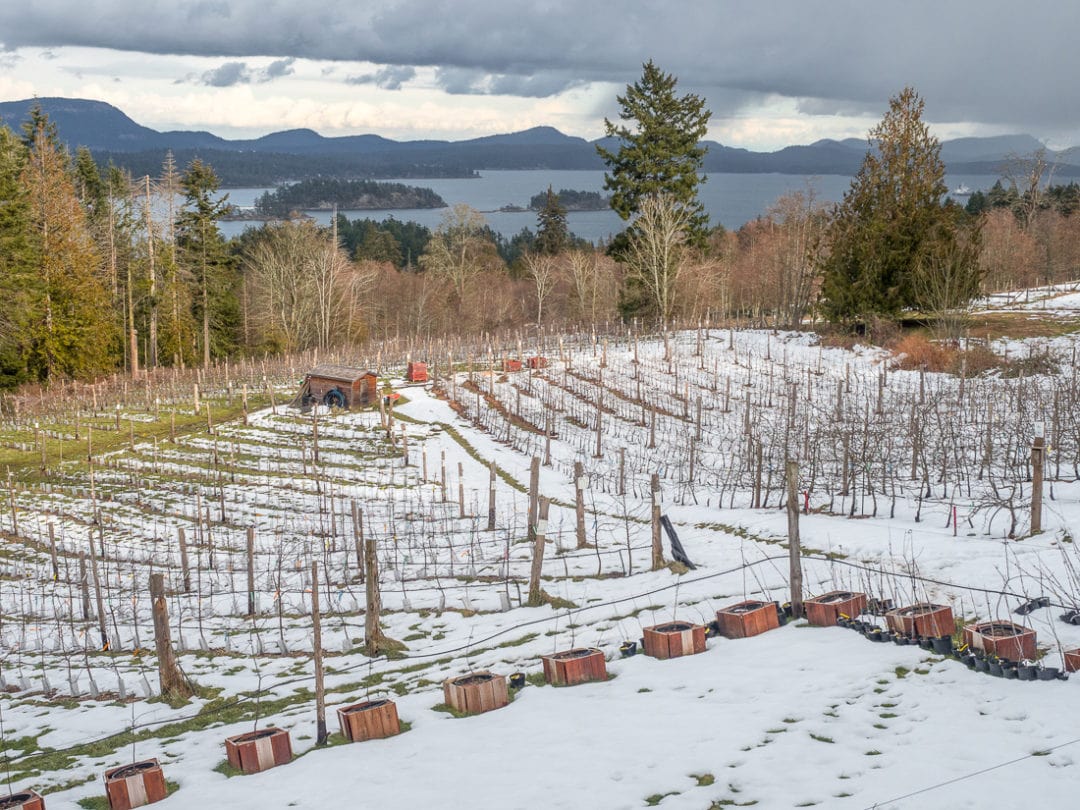
After the wildness of Burton’s farm, the orderly look of the seven-year-old Salt Spring Apple Company catches me off guard. Growing on a slope overlooking the tiny islands in Captain Passage, some of the thousands of organically grown trees (representing over 365 varieties) aren’t much more than sticks.
“It’s a bit like collecting hockey cards, but with trees,” Webster tells me. They first started the orchard with varieties like Muscadet de Dieppe, Belle de Boskoop, and Pitmaston Pineapples so they could produce 100 percent estate-grown cider. “People want to make cider, but some of the best traditional apples aren’t commercially grown. So we started searching and growing.”
Historic orchards on national park land
Seeing how the old varieties were being saved makes me curious about the remaining historic orchards. With the help of Jayne Lloyd-Jones, our B&B host, we make a plan to head to Mayne Island, where the Gulf Islands National Park Reserve and the Mayne Island Conservancy are actively working to preserve a handful of historic trees.
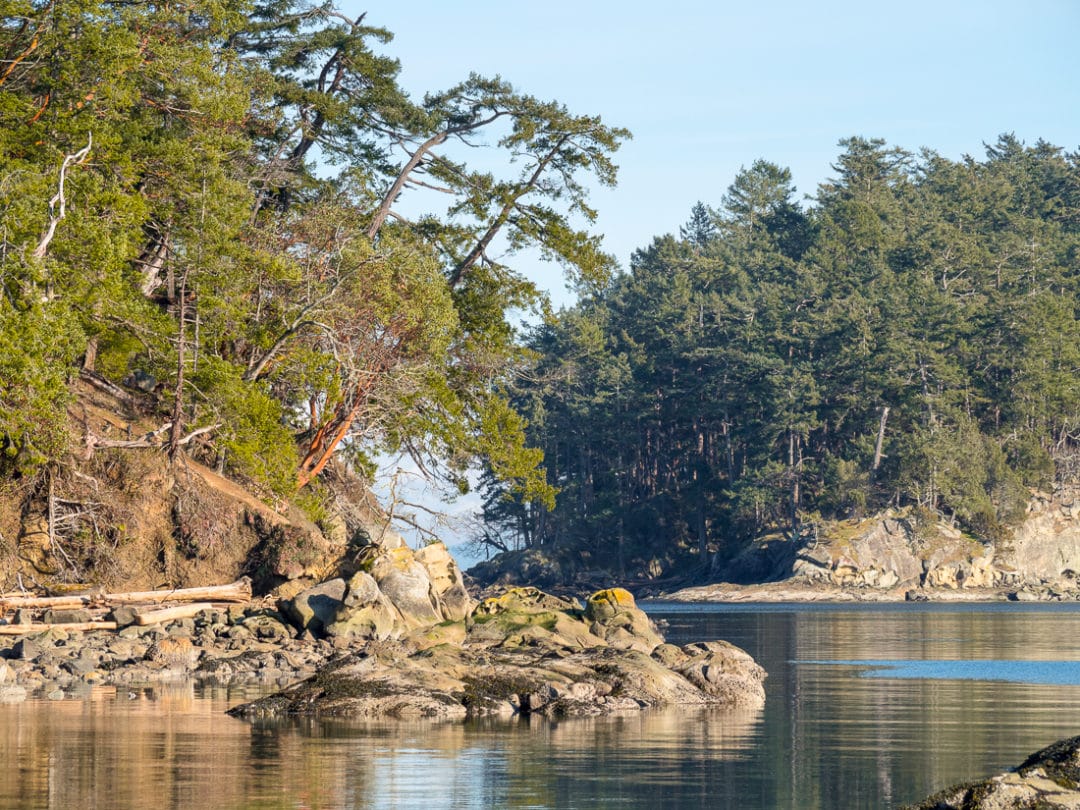
Inter-island ferry travel isn’t always convenient, and at 7 a.m. we pass up the promise of an excellent breakfast at the Hedgerow House and head into a surprise snowstorm. At the ferry terminal we run into Burton, who is heading off the island to collect new scions. I ask about the effect the freak snow is having on his orchard, and he says he’s only seen weather like this in old island photos.
By the time we reach Mayne, the skies are clearing. Using a national park orchard guide, we drive down the narrow, forested roads on the lookout for park signs. Park staff have been mapping, testing, and preserving 17 orchards and 24 varieties of apples in parkland on eight different islands. If we had arrived when the fruit was ripe, we’d be allowed to pick a few apples. But, for now, I am happy to savor the view of Active Pass at the historic Georgina Point Lighthouse and commune with a couple of really old trees.
Because apple trees can live well over 100 years, park archaeologists have been able to trace some of the forgotten orchards.
Because apple trees can live well over 100 years, park archaeologists have been able to trace some of the forgotten orchards. The BC Fruit Testers Association helped determine the varieties, and then those details were matched with records. While all apples can be traced back to Kazakhstan, where apples still grow wild, some varieties were only grown in certain regions. So when Russian, French, or Irish varieties show up in an old orchard, chances are a Russian, French, or Irish settler was once nearby.
Honoring a complex history
After bidding the old trees goodbye, we head off to meet farmer and accidental Mayne Island Apple Festival founder Helen O’Brian. Ten years earlier, Harry Burton offered to loan Mayne Island the Salt Spring Apple Festival displays. O’Brian decided to celebrate a significant personal event with the Apple Ball For All, and the Mayne Festival was born.
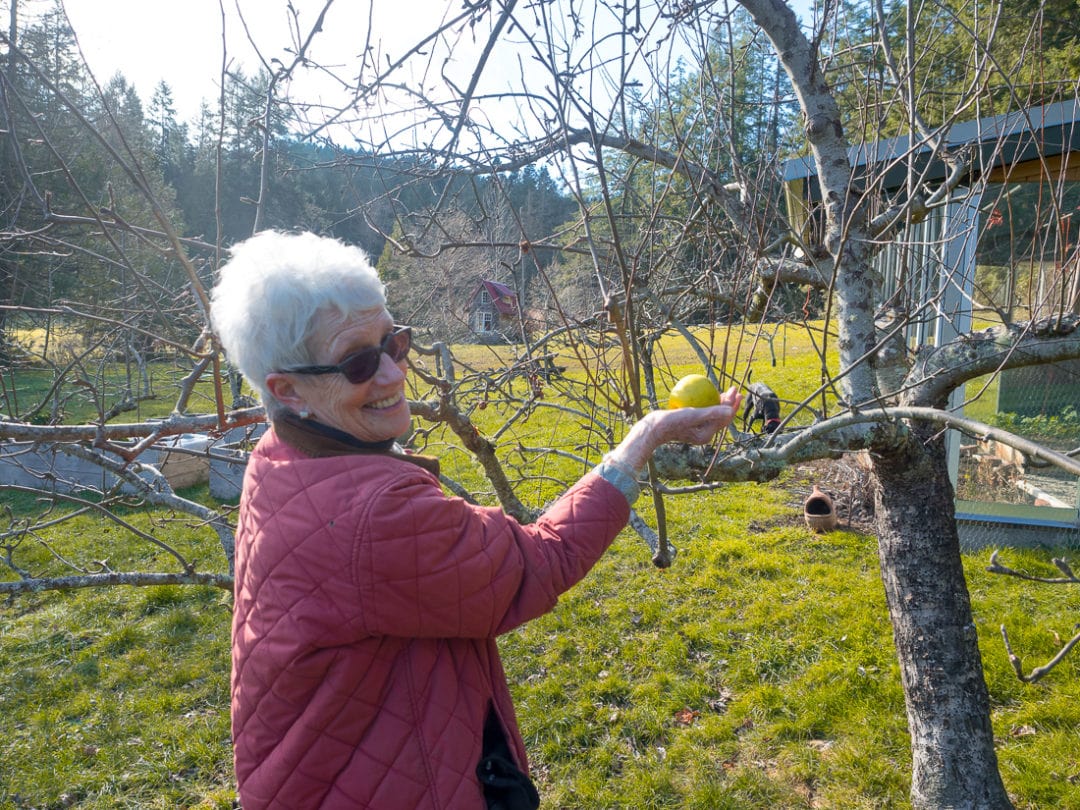
Mayne has plenty of apples beyond the ones in the National Park. O’Brian’s own Hatake Farm has several trees, including historic Gravensteins, Red Rome, and Northern Spy. She offers us a few of her long-lasting Granny Smiths from last year’s crop and then shows us around the pretty farm.
Hatake is a good example of the complex stories old orchards can tell. First cleared of forest and farmed by a Japanese family, the property was seized in 1941, when the family was interned by the government, along with the rest of Mayne’s Japanese population. The farm was sold to a war veteran for a fraction of its value as part of the Veteran’s Land Act program, and later O’Brian and her husband bought it. The orchard and farm are now an ode to that history, and O’Brian sees preserving the land as a way of honoring the large Japanese community that first settled on Mayne Island in the 1890s.
Neglected since their owners were interred in 1941, the trees produce fruit year after year—mostly for the island’s deer and rabbits.
Mayne Islanders have worked hard to acknowledge the tragedy of internment, including at the island’s serene Japanese Garden. At O’Brian’s suggestion, we set out for Kadonaga Bay to visit the island’s newest park at St. John Point. Here, we find a row of glorious old apple trees at the edge of an encroaching forest. Neglected since their owners were interred in 1941, the trees produce fruit year after year—mostly for the island’s deer and rabbits. Now, though, the Mayne Island Conservancy has pledged to care for the orchard and testing and pruning are in the future.
Wandering from tree to tree in the warming sun, I catch a hint of the same wonder I felt 20 years ago when I first visited what I now know was a Kanaka orchard on Portland Island. More than 100 years ago, a settler decided these rugged islands felt enough like home that they dared plant a tree that would need constant care and might not bear fruit for at least six years. In most cases those settlers eventually moved on, either by choice or force. But every spring when the old trees flourish with new growth, they become a gentle reminder of new beginnings, and of the importance of protecting the world around us.

